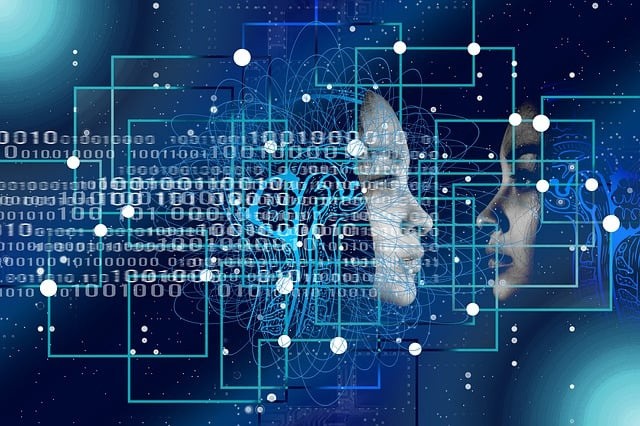
Goldman Sachs found that the globally booming creator economy was worth $250 billion in April 2023. Its market size is expected to double by 2027, reaching $480 billion by 2027. Firms spending more on digital advertising and influencer marketing will be a key driver for this growth.
But despite such promising stats and projections, the creator economy, in its current state, hides many demons under the hood. Only 4% of global creators earn more than $100,000 annually. Let alone $100K, 58% of creators earn less than $50K YoY. More importantly, there's a massive discrepancy in the profit margins for creators and content-hosting platforms.
YouTube, for instance, generated roughly 74.7 billion in total revenue between 2018 and 2021. But during this period creators got $30 billion only, according to Neal Mohan, YouTube's Chief Product Officer. This gap is due to a business model that doesn't put creators at the center.
The times are now changing, thanks to the emergence of innovative Web3 platforms like Paysenger. They help creators, influencers, and domain experts achieve their full potential, economically and creatively. To grasp their worth, though, it's important to look more closely at the problem first.
Who creates? Who owns?
The Web2 creator economy, ruled by giant for-profit corporations, has a skewed ownership model at its core. This is the root of most problems currently facing creators, influencers, and indie brands.
YouTube, Instagram, Twitch, etc., thrive on user-generated content. That's partly why anyone can create and consume content on these platforms for free. The user community-creators and their audience-is thus a key value driver in the creator economy.
Yet, Web2 platforms don't let users own the content they create with much effort, skill, and time. They also charge hefty commissions, as high as 45% of advertising revenue. It's thus a situation where content hosting and distribution platforms-neither creators nor consumers-have ultimate control over the bulk of monetizable data and revenue streams.
Sick of this unfair model, 1 of 3 creator-participants in a Deloitte survey is exploring new revenue streams to regain control and engage more directly with the community. They also recognize the significance of emerging technologies like blockchain, NFTs, and AI, which enable the alternative frameworks necessary for making the creator economy creator-centric again.
New models, new challenges
Emerging technologies will transform the creator economy, making it fairer and more equitable. But they also bring a unique set of challenges, currently hindering mass adoption.
AI, for instance, has immense potential to expand the horizon of creativity. It can also make it easier to handle mundane and repetitive tasks efficiently, helping creators focus more on exploring new ideas. Yet, recent developments in Generative AI raise concerns about fake news and misinformation.
The ethics of training Generative AI models are also under question. Several digital artists have sued firms like Midjourney and Stability AI for using their creations to train AI models without their consent. Besides Intellectual Property and copyright norms, this threatens originality and creativity in digital art.
Imagine an artist spending hours creating a unique style and identity, only to see someone copy it in an instant using an AI-powered text-to-image service. That too, without proper recognition or compensation. It's an extension of the ownership crisis, affecting not just artists but all creators.
Ensuring fairness with decentralization
Centralization is a key factor underlying the problems discussed so far. It allows certain powerful entities to create and bend the rules in their favor, hampering the experience for others. This is reflected clearly in the platform-creator dynamics.
Web3 platforms thus innovate solutions to decentralize the creator economy, fostering user-centrism and fairness. Paysenger, for instance, leverages blockchain technology to offer an ecosystem where creators can monetize their work with complete control and transparency.
By enabling creators to directly connect with brands looking for user-generated content, Paysenger helps them generate a stable income in a cost-effective and profitable manner. To improve the payment ecosystem within the platform, Paysenger uses its native EGO token. It opens access to alternative crypto-based transactions, removing the limit of one currency type, i.e. fiats.
Furthermore, Paysenger has pioneered a personalized AI model. This artist-specific model allows users to generate art in an artist's unique style, compensating them duly in the process. The model is trained on a given artist's portfolio, using their social accounts for validation.
Paysenger thus helps creators harness the power of AI, expanding their potential without hampering their creativity or profits. Coupled with blockchain-powered revenue streams, this unlocks the much-needed framework and capabilities missing in Web3 so far. It's also a step towards greater adoption, which can altogether lead to a better world for creators, consumers, and companies.
ⓒ 2025 TECHTIMES.com All rights reserved. Do not reproduce without permission.




